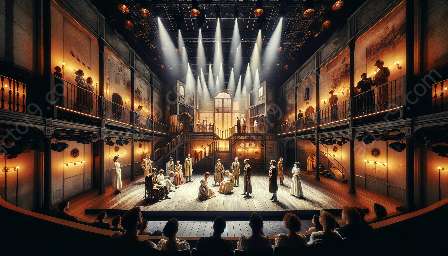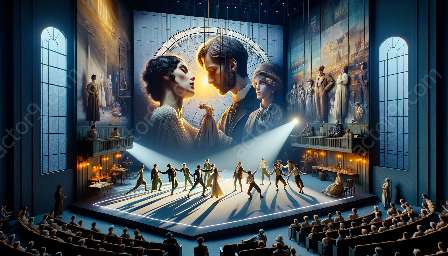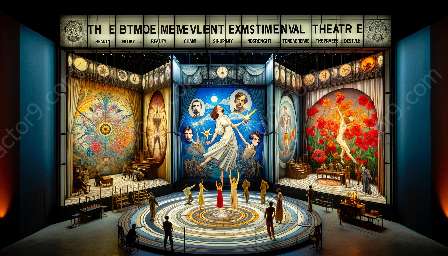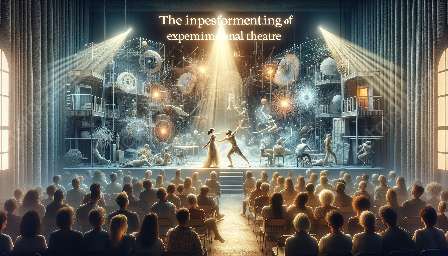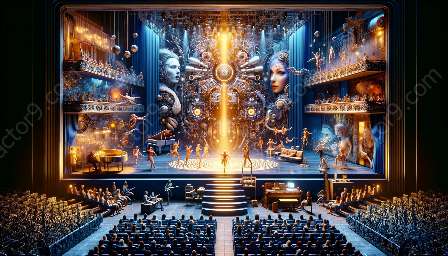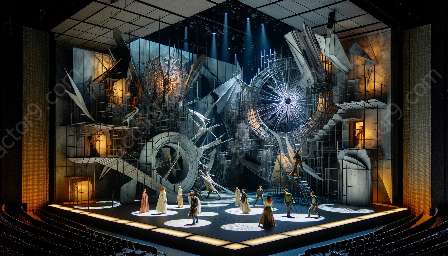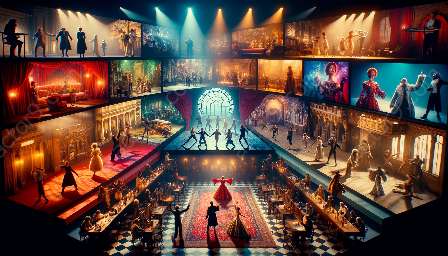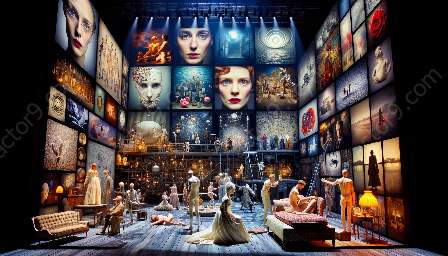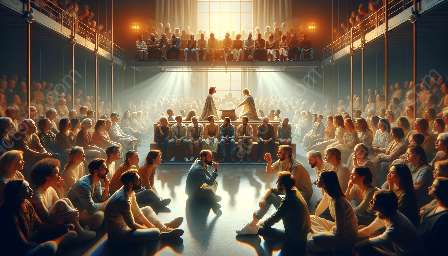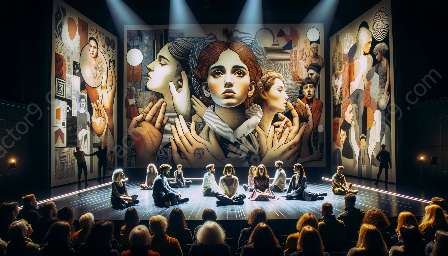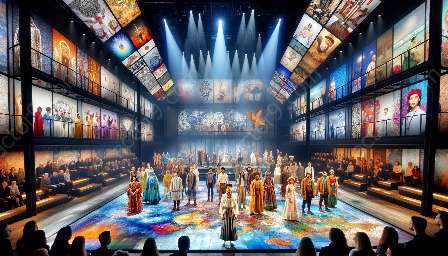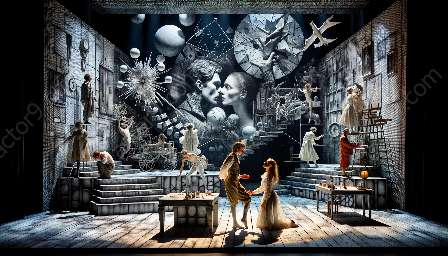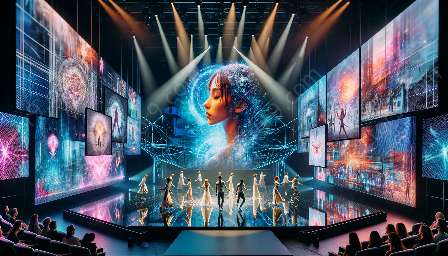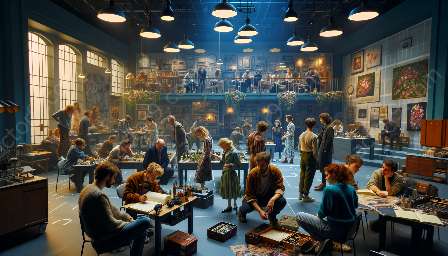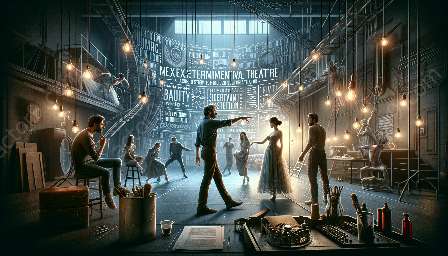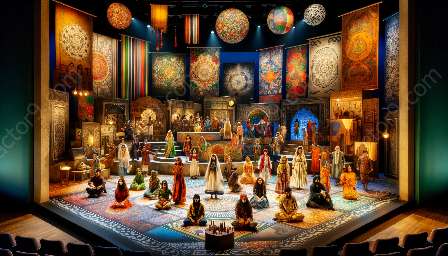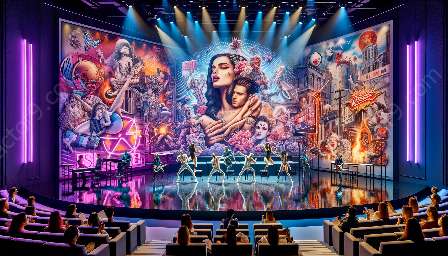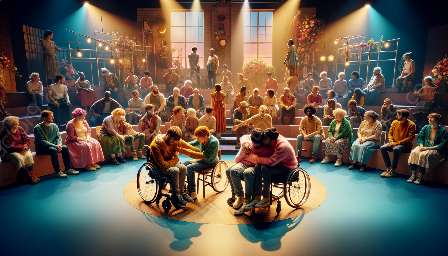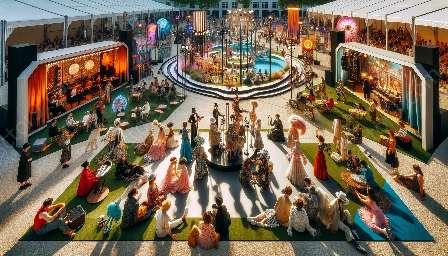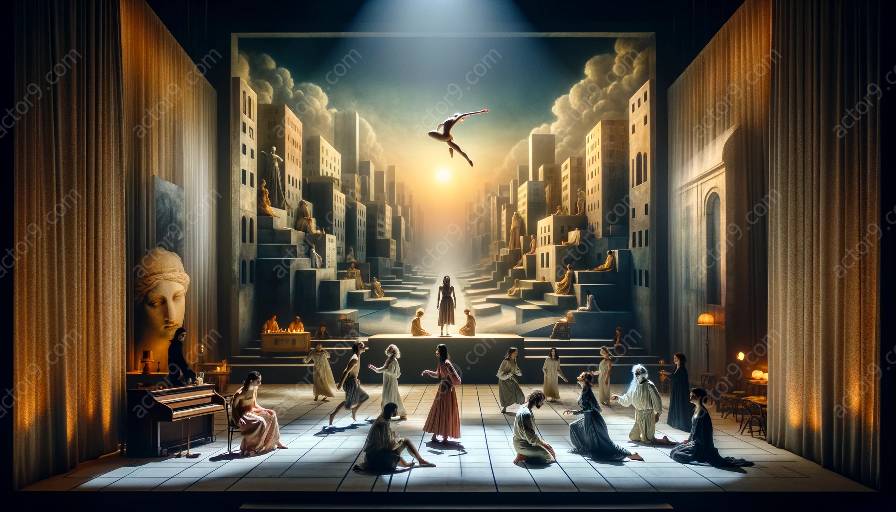Collaborative approaches in experimental theatre hold great potential, yet they come with their own set of challenges and pitfalls. In this topic cluster, we will delve into the complexities of collaborative endeavors in experimental theatre, addressing issues such as creative ownership, vision alignment, and the impact of these challenges on the overall production process and outcome.
Understanding Collaborative Approaches in Experimental Theatre
Experimental theatre often involves a collaborative process where a diverse group of artists, including directors, actors, designers, and technicians, work together to create bold and innovative performances. This collaborative model is designed to harness the collective creativity and expertise of the team to push the boundaries of traditional theatrical practices.
Collaborative approaches in experimental theatre may encompass a range of methodologies, including ensemble-based creation, devising, and multidisciplinary collaboration. These methods emphasize the collective generation and exploration of ideas, often blurring the lines between traditional roles and hierarchies within the theatre production.
Potential Pitfalls and Challenges
Creative Ownership and Authorship
One of the potential pitfalls of collaborative approaches in experimental theatre is the challenge of navigating creative ownership and authorship. In a collaborative setting, multiple individuals contribute ideas, interpretations, and creative inputs to the production, leading to questions about who owns the artistic vision and how authorship is recognized.
This can give rise to conflicts and tensions, especially when artistic egos and personal investments intersect with the collective creative process. Issues of attribution, recognition, and intellectual property rights can become sources of contention, potentially hindering the fluidity of creative collaboration.
Vision Alignment and Decision-Making
Collaborative approaches in experimental theatre also present the challenge of achieving vision alignment and consensus in decision-making. With diverse perspectives and artistic sensibilities at play, it can be difficult to synchronize and unify the creative vision, leading to conflicts in aesthetic choices, thematic interpretations, and overall direction.
Effective decision-making within a collaborative context requires clear communication, negotiation, and compromise. However, the process of reaching consensus may slow down the production timeline, leading to creative stagnation or fragmented artistic coherence.
Impact on the Production Process and Outcome
The potential pitfalls of collaborative approaches in experimental theatre can significantly impact the production process and the ultimate outcome of the performance. Struggles around creative ownership and vision alignment may lead to delays, artistic clashes, and compromised artistic integrity.
Furthermore, unresolved tensions within the collaborative team can affect the dynamics of the working environment, potentially influencing the morale, motivation, and commitment of the artists involved. These challenges can impact the quality of the performance and the audience experience, ultimately shaping the reception and critical appraisal of the experimental theatre production.
Navigating Pitfalls and Building Resilience
While the potential pitfalls of collaborative approaches in experimental theatre are inherent, they can be mitigated and navigated through intentional strategies and frameworks. Clear communication channels, well-defined roles and responsibilities, and an embracing of diverse perspectives can foster a more harmonious and productive collaboration.
Additionally, establishing mechanisms for conflict resolution, acknowledging the contributions of individual artists, and prioritizing the collective artistic vision over personal agendas can help mitigate the impact of potential pitfalls on the production process.
Wrapping Up
Collaborative approaches in experimental theatre offer a rich landscape for artistic innovation and exploration, but they also pose inherent challenges that require thoughtful navigation. By recognizing and addressing the potential pitfalls related to creative ownership, vision alignment, and decision-making, theatre practitioners can harness the power of collaboration while minimizing its potential hindrances.
As the landscape of experimental theatre continues to evolve, the discourse around collaborative approaches and their pitfalls serves as a vital catalyst for enhancing the resilience and sustainability of innovative artistic endeavors.

